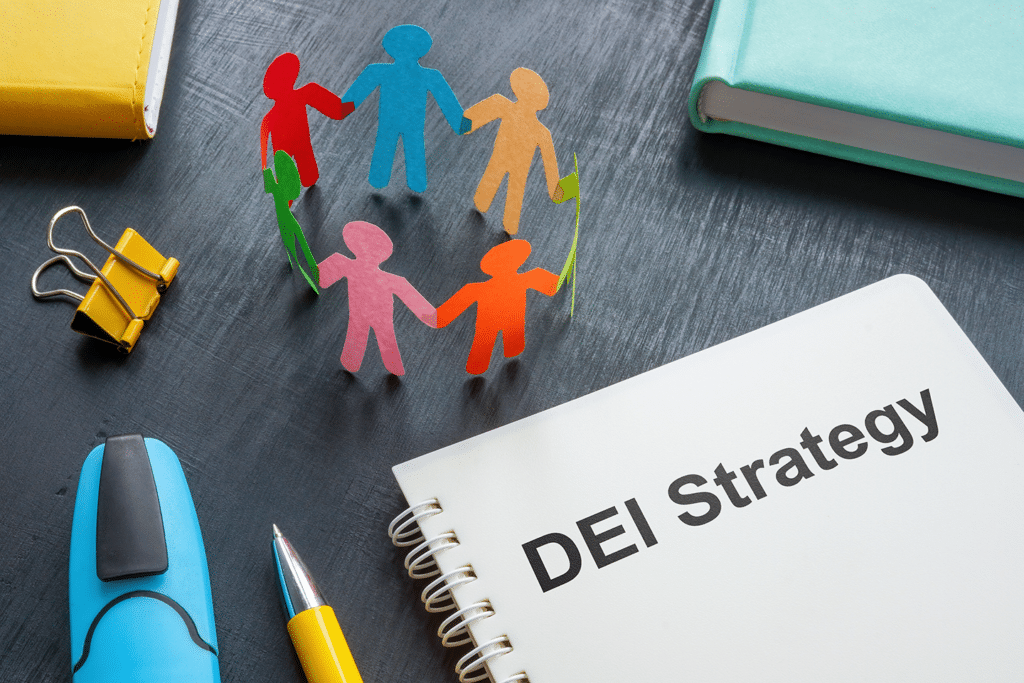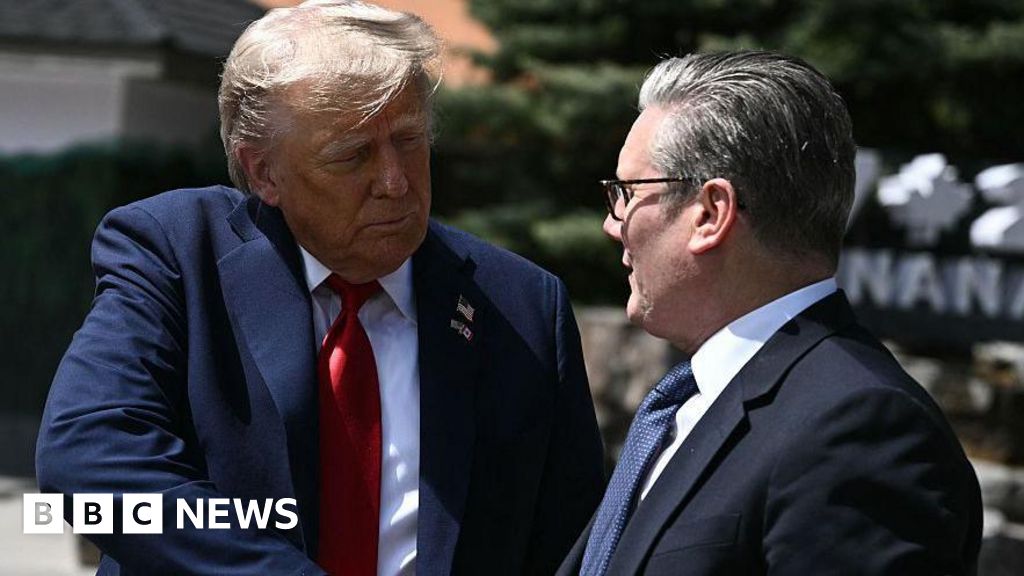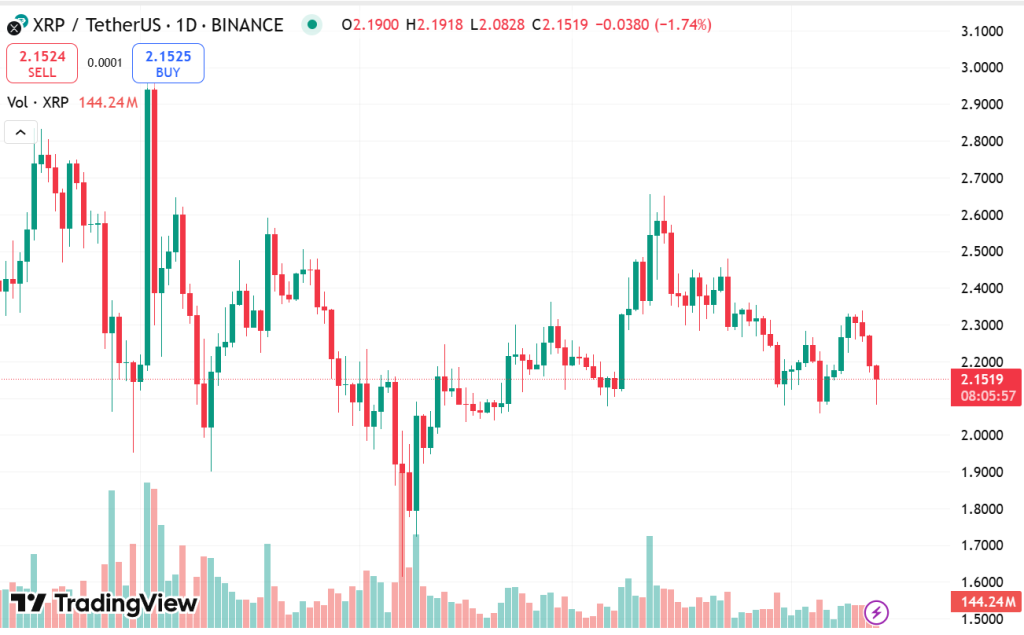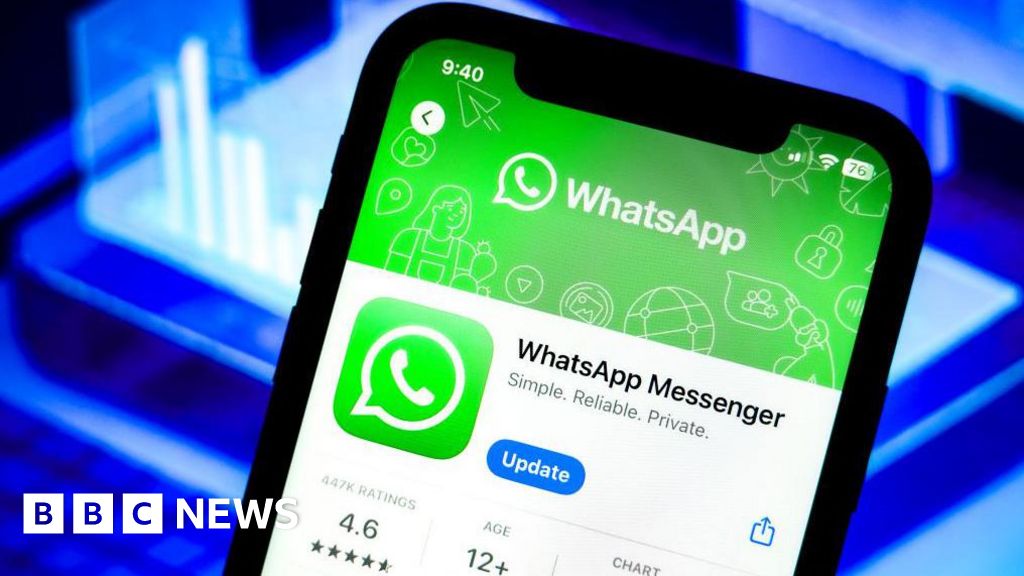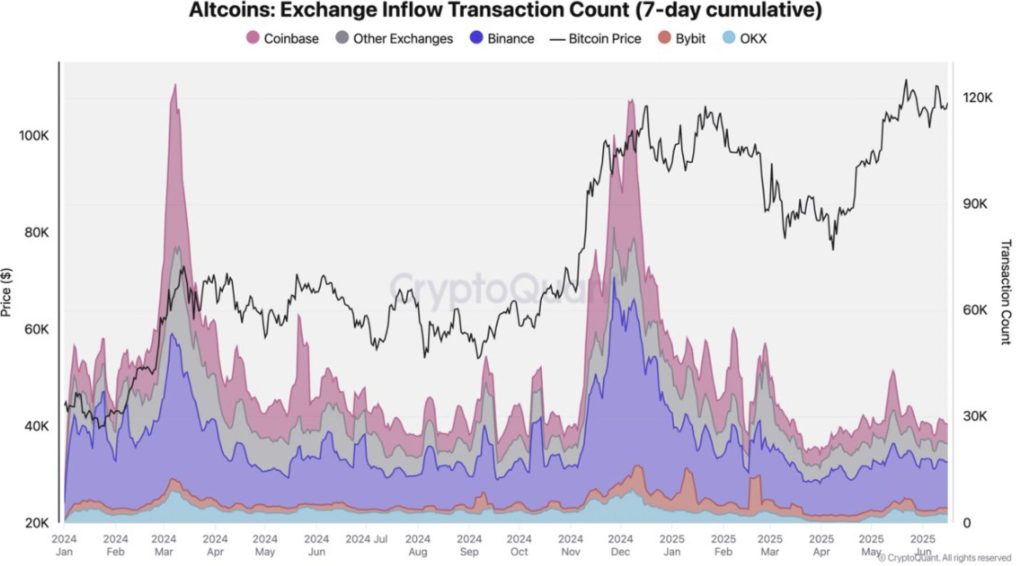DEI is under fire. The federal government has signaled outright hostility toward DEI efforts in workplaces, education and every other space where access, fairness and opportunity should be the norm.
And leaders? They’re afraid. Business owners and executives who once championed DEI without hesitation are now second-guessing themselves. They’re pulling back on policies, avoiding public commitments, and, in some cases, cutting DEI initiatives altogether.
Although many still believe in the work, they’re retreating because they don’t want to be the next target of a political machine that has turned progress into a battleground.
But let me be clear: DEI is not dead; it’s evolving.
See also: The collapse of DEI: What went wrong?
I don’t pretend that every corporate DEI effort has been handled well. I’ve worked in HR for going on two decades, starting in various HR executive roles and now as an HR and workplace consultant. I’ve seen firsthand how some DEI efforts created just as much harm in the workplace as they were meant to prevent.
Programs that could have been universally beneficial were designed with such a narrow focus that they only served a select few. Participation in DEI planning became more about optics than impact, with processes that demanded time and buy-in but failed to connect to operational realities.
Data, especially demographic data, was treated as an endpoint rather than a starting point. Numbers were used for static report cards and proof of progress rather than indicators of where deeper work was needed.
Well-meaning but hollow DEI activities drained resources and energy. Mandatory trainings—many of them performative, repetitive and disconnected from actual workplace challenges—became a substitute for real strategy. Hours spent in required sessions didn’t translate into meaningful behavior shifts or measurable outcomes.
Resisting equity or something else?
And now, thanks to the powerful right-wing media machine, DEI is being weaponized and turned into something it never was. People are being told that DEI is why white people can’t get jobs. That men are being pushed out of leadership to promote less-qualified women or people of color. That “merit” in the workplace is dead.
(Note: Data tells us none of this is true—white men still hold an overwhelming majority of executive and management jobs and political offices.)
All of this brings us to why so many people, across identities and industries, are feeling disillusioned about DEI and ready to capitulate to the extreme backlash we’re seeing now. Business leaders aren’t necessarily resisting the idea of equity; they are resisting its execution. And that is why DEI must evolve.
Related: Is your org staying invested in corporate DEI? You’re not alone
5 moves for building the future of DEI
1. We get back to the foundational tenets.
DEI was never about flipping the hierarchy and trading one form of exclusion for another. It is about systemic change—policies that create fairness, accountability for real harm and opportunities based on actual skills and performance, not on race, gender or assumed ability.
For example, performance evaluations should assess not only hard skills but also behavioral attributes in order to foster a more holistic view of employee contributions. We must hold leaders accountable for their performance and address their shortcomings rather than allowing poor leadership to perpetuate harm. Finally, we must ensure that qualified, historically underrepresented candidates are actively included in selection pools, providing them with the opportunity to compete for meaningful roles.
2. We must move away from viewing DEI as a zero-sum game.
The objective has never been to exclude anyone. Rather, it is about broadening participation and fostering true inclusion. If individuals are weaponizing DEI—whether by framing inclusive practices as “reverse discrimination” or labeling those with differing views as “white supremacists”—their behaviors should be addressed with respect and clarity. Name-calling has no place in the workplace and only serves to deepen divides. Instead, we should encourage open dialogue where individuals express their concerns with specific examples and provide constructive solutions for addressing those issues.
3. We must prioritize transparency in all aspects of DEI.
It’s essential for everyone to understand the rules of the game. Hiring practices, promotion criteria and job opportunities should be transparent and clearly communicated.
Any known instances of unfair hiring practices must be addressed and resolved promptly. For example, it’s problematic when a position is filled without prior communication, leaving employees surprised by a new hire who seemingly appears overnight.
However, it is entirely appropriate to identify gaps within your team—such as a lack of Spanish speakers, underrepresentation of men or women in leadership or insufficient racial diversity—and to proactively reach out to those communities to inform them of open positions. Targeting specific skills and backgrounds while making these populations aware of job opportunities is not only permissible but also vital for building a more inclusive workforce.
4. We must reintroduce respect and humanity into our conversations around DEI.
Labeling someone as racist, sexist or homophobic without evidence does not foster progress; it only leads to defensiveness and further divides. Instead, we should cultivate environments where individuals can be held accountable for their actions without being vilified.
Name-calling of any kind has no place in the workplace. Instead of labeling someone, we should articulate the behaviors that concern us and explain why they are problematic. For example, rather than saying, “Bob is homophobic,” you might say, “I’ve noticed that when I share information about my same-sex relationship, Bob tends to shut me down, while he never interrupts Mary when she talks about her husband. I would appreciate it if this behavior could stop.”
This approach, which doesn’t come naturally to most, encourages constructive dialogue and opens the door for understanding and change without resorting to blame.
5. We must pivot, evolve and move forward.
The DEI of 2020 is not the DEI we need in 2025. It’s time to move beyond performative pledges and superficial corporate commitments and instead focus on real, sustainable, systemic change.
At the same time, let’s abandon simplistic jargon and have meaningful conversations about the specific impacts we want to achieve. Statements such as “we are committed to DEI” are outdated and should be replaced with concrete, data-driven insights.
For instance, we can use facts to lay out issues: “Currently, our workforce is comprised of 5% Black employees and 4% Latino/a employees. After reviewing our HRIS data, we’ve found that Black employees account for 20% of terminations for cause, while Latino/a employees represent 17% of terminations for cause.”
Such statistics will be glaringly problematic to anyone understanding the need for fairness in the workforce. A data-driven approach demonstrates accountability and sets a foundation for targeted action plans that can lead to meaningful change.
DEI isn’t dead; it’s being rebuilt
Let’s be honest: The work of diversity, equity and inclusion was never supposed to be easy. But it was never meant to be about division, either. We need to strip away the noise, the fear, the sensationalism and get back to the core of what DEI always was: access, fairness, transparency and respect. These tenets need to be built into every HR process. They also need to be reflected in every employee performance assessment—from front-line workers to senior leaders—so that these values are truly a part of your work culture.
With meaningful changes, diversity, equity and inclusion will actually thrive in the workplace.
Credit: Source link

